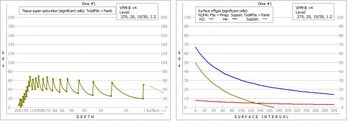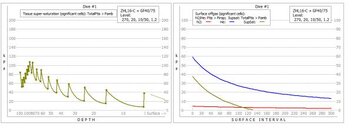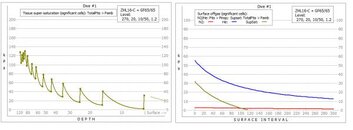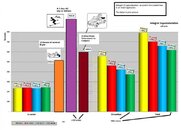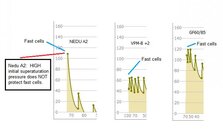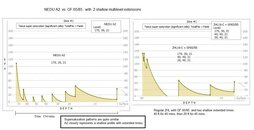Some forms of DCS (such as musculoskeletal pain) are almost certainly caused by tissue micro-bubbles. However, more serious neurological forms of DCS (cerebral, spinal and inner ear) have been strongly linked to the presence of a patent foramen ovale whose only plausible contribution to the process is to allow VGE to cross into the arterial circulation and distribute to these organs. VGE may also cross pulmonary shunts and contribute to these forms of DCS in divers without PFO. Thus, VGE would seem to be very important in the pathophysiology of serious DCS.
Simon M
Yes, agreed. Some people do have defects in the circulatory system, that allows a bypass of both VGE and unfiltered blood (re: inert gasses not removed), to recirculate through the system. They are at much higher risk I believe. I would argue that its not appropriate that these people to be doing high stress deco dives. These people will need to add an enormous margin of safety to the dive plan, and they are still at a much higher odds of taking a hit. Sadly, these people were just not built right for doing deco.
On the other hand, the work of the Split team showed that small amounts of VGE are recirculated regularly within many of us. A forceful cough was enough to send the VGE micro-bubbles across the lung in one study. Another study showed that strong post dive exertion (ie: dragging the dive gear back up to the car after a dive), that was enough for temporary bypass in the lung in 50% of the subjects.
So given that post dive heavy exertion is common, one has to think many of us experience some form of small recirculation many times. Which makes me think that we humans have some inbuilt tolerance for this condition, and its not as threatening as it sounds.
Would you care to explain to me exactly how tissue microbubbles and VGE are unlinked in respect of deco models, especially given that VGE must form in tissue microvessels which are part of (wait for it) ....the tissue.
Simon M
No. What I ask of you, is to provide some reference or study to back up your claim that VGE and DCS tissue micro-bubbles are one in the same? Because last time I checked, such a connection does not exist.
As I understand it, the theory is that VGE will form on micro-nuclei or particle seeds, that are present on the endothelium, or in cavities in the endothelium, all within the venous system. But I have not seen any papers that show that VGE come from the same place that tissue DCS forms.
Do you have a new paper or study to show that confirms VGE and tissue micro-bubble DCS is the same thing? If you can provide that, then I will let you off the hook on this topic.
However, if you cannot then that would be making stuff up, and creating associations that are not valid or proven. For someone in your position, that is not a good practice.




